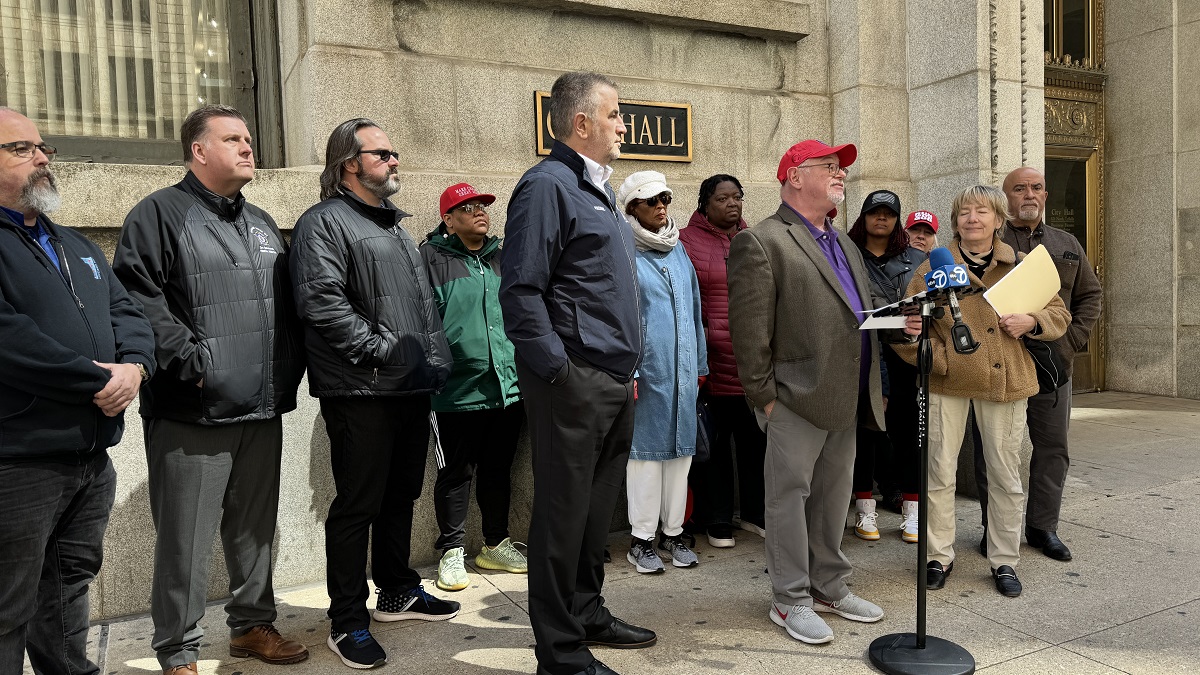The spotlight on Chicago politics this month is trained on the upcoming mayoral election. The candidates are seen and heard in radio and TV advertisements. They appear in debates and newspaper editorials. Even President Obama has thrown in his opinion on the matter.
But while it’s true that the mayor is a figurehead for the entire city and sets the tone of its politics, any current and former mayor knows there is a legion of people helping to pull the strings on the political puppet. In Chicago, these people are the aldermen.
Chicagoans have unflappable pride in their neighborhoods, so it’s no surprise that the race to be one of the 50 aldermen can be contentious and even downright ugly. On Feb. 24, all 50 wards will be up for grabs, and how Chicagoans vote has the potential to change – or to reinforce -- the city’s current political climate.
I have spent the last several weeks studying each ward with its new boundaries, which take effect after the election, and asking people who live and work in those wards what changes they want to see in their communities. The project concluded with a sort of profile for each ward that attempts to give voters a glimpse of what their ward is all about.
Describing a single ward in a few words, however, is tricky. Chicagoans know their neighborhoods and readily identify with them, but many do not know their wards. This is because the ward boundaries do not line up with the boundaries of the 77 community areas. And some of them have been so gerrymandered that it’s a wonder anyone knows which ward they live in.
For example, the 5th ward, run by Alderman Leslie Hairston, contains most of the University of Chicago campus (but not all of it) as well as the Museum of Science and Industry. It also claims Jackson Park and has beautiful beachfront property, including Promontory Point. But this ward also includes part of the Greater Grand Crossing neighborhood in the southwest section. This neighborhood is not associated with the prestigious university as much as it is associated with violence. The Chicago Tribune ranks it fourth among the 77 community areas for violent crimes reported in the last 30 days.
Then take the 27th ward, run by Alderman Walter Burnett Jr., which may be one of the most culturally, economically and geographically diverse wards. It stretches from the Near North Side down to the Near West Side and Greektown before heading all the way west to Garfield Park. It even includes part of Humboldt Park.
Perhaps the oddest looking ward in terms of its geographical boundaries is the 2nd ward, currently run by Alderman Bob Fioretti, who is challenging Rahm Emanuel in the race for mayor. The ward covers parts of the Near North Side, Lincoln Park and Ukrainian Village, but only parts. It resembles splotches of neighborhoods connected by narrow strips of land just a few blocks wide. In the 2nd ward, your neighbor might be represented by a different alderman, but your neighbor’s neighbor could share yours.
The needs of each ward differ with individual neighborhoods, blocks and residents. It’s impossible to characterize an entire ward in one profile, but patterns emerge when mapping out the area block by block.
In many wards, it seems the more churches there are, the fewer restaurants, shops and local businesses. This is true in the 16th ward, which was run by the late Alderman JoAnn Thompson and contains parts of Englewood, Gage Park, West Englewood and Chicago Lawn. Local resident Rashanah Baldwin, a journalist and host of the radio show “What’s Good in Englewood,” said businesses are exactly what the ward needs along with confidence from the community.
“Englewood needs a stronger economy and stronger sustainable economic development full of businesses (that) hire from within the community … The Englewood community needs to be viewed as a vibrant community full of hope and residents who are viewed as assets,” Baldwin said.
Chicago Politics
Where the 16th ward is lacking in business, however, it’s booming in churches, many of which are located just a block or two from each other. This ward has more churches and places of worship than almost any other ward.
Conversely, in 43rd ward, which covers most of Lincoln Park and part of Old Town, restaurants line the streets that aren’t purely residential, and there are far fewer churches.
In the 42nd ward, covering most of the Loop and Streeterville, the needs are very different than the needs Baldwin highlighted for the 16th ward. There is no end to the restaurants and bars in this ward, and there are even several churches, including such well-known churches as Old St. Pat’s and Holy Name Cathedral.
The density of businesses and the general busyness that characterizes the Loop and its surrounding neighborhoods, however, has prompted residents to voice other needs. Gail Spreen, the executive director of the Streeterville Organization of Active Residents, said she would like to see more greenery – trees and flowers – in her neighborhood to soften the concrete jungle.
The aldermen help make big city decisions by voting on issues such as the minimum wage and the ward boundaries themselves, but perhaps their more important responsibilities are the little things that don’t make a blip on the city-wide radar. What many ward residents want from their aldermen are solutions to neighborhood issues that seem small, but mean a lot to those who live there.
Matthew Krempski, a resident of the 36th ward on the far Northwest Side and general manager of local business Café Prague, said one of his biggest concerns is the lack of trees. He described his ward as a residential community with lots of families, and he would love to see tree-lined streets again on his way to work.
A direct line of communication to the mayor could help solve that problem, but realistically – and idealistically -- that’s a job for the alderman.



